
Is the Pentax K-01 designed by Marc Newson any good?
6 min read Jul 21, 2020
Some time ago, I purchased a 16-year-old camera, the Leica Digilux 2. I was pleasantly surprised by how good it still was in the presence of modern cameras that are much, much more capable. In that review, I predicted that there probably is a market for vintage digital cameras just the way there is a market for vintage film cameras.
In that vein, I picked up yet another older camera I had my eyes on. What drew me in is who designed it: none other than star industrial designer, Marc Newson. He is prolific with work ranging from everyday household objects to interiors for airliners. Some is purely artistic and sculptural, like his Lockheed lounge chair, which propelled him to fame at the beginning of his career.
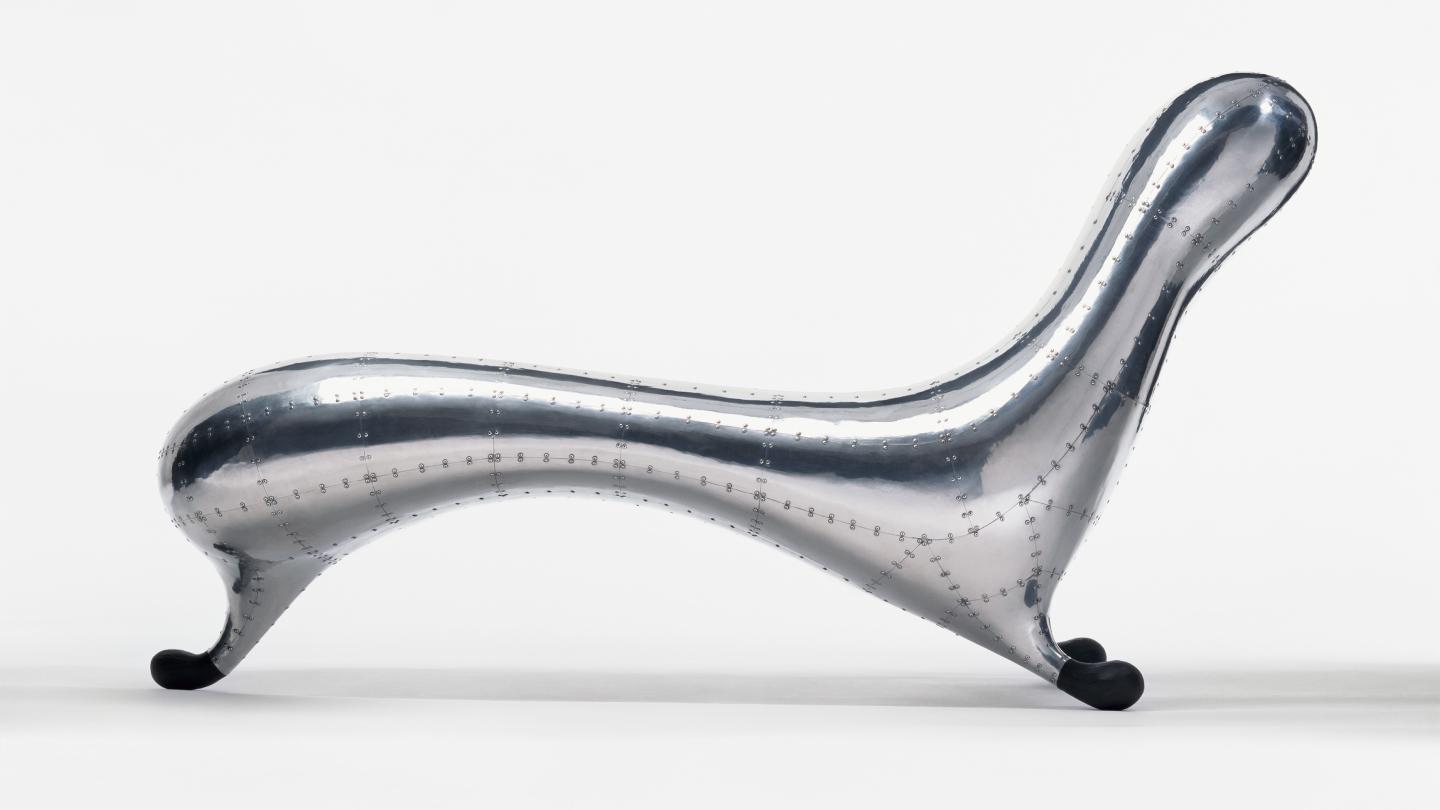
Others are much more practical and elegant, like the strap he designed for his Ikepod watches. This design later made its way into his work at Apple as the sport strap for the Apple Watch.
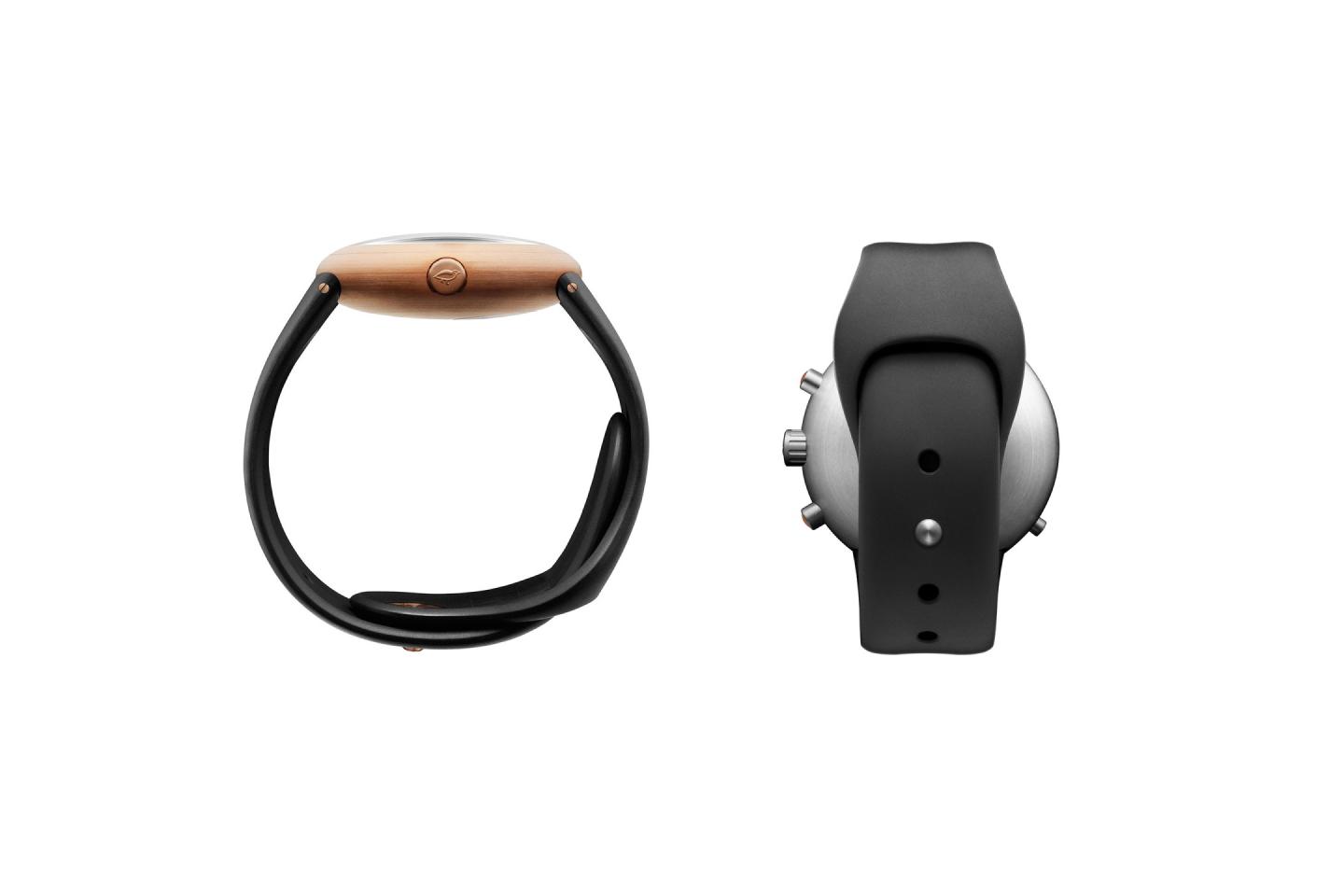
The Pentax K-01 is the first camera Marc ever designed. It’s also very likely the only camera of his that us mere mortals could ever own. The other camera he designed is a one-of-a-kind Leica M that he and Jony Ive created for charity and sold at auction for millions of dollars.
So, a camera designed by Marc Newson is expected to be quite extraordinary.
A sight to behold
Design is all about how things work. The most elegant object employs aesthetics to draw in the user and to communicate what it is and what it does clearly. These objects trigger a strong emotional connection. You go very quickly from seeing something to picking it up, and then to using it without ever thinking about how complicated it is on the inside or how difficult it was to produce.
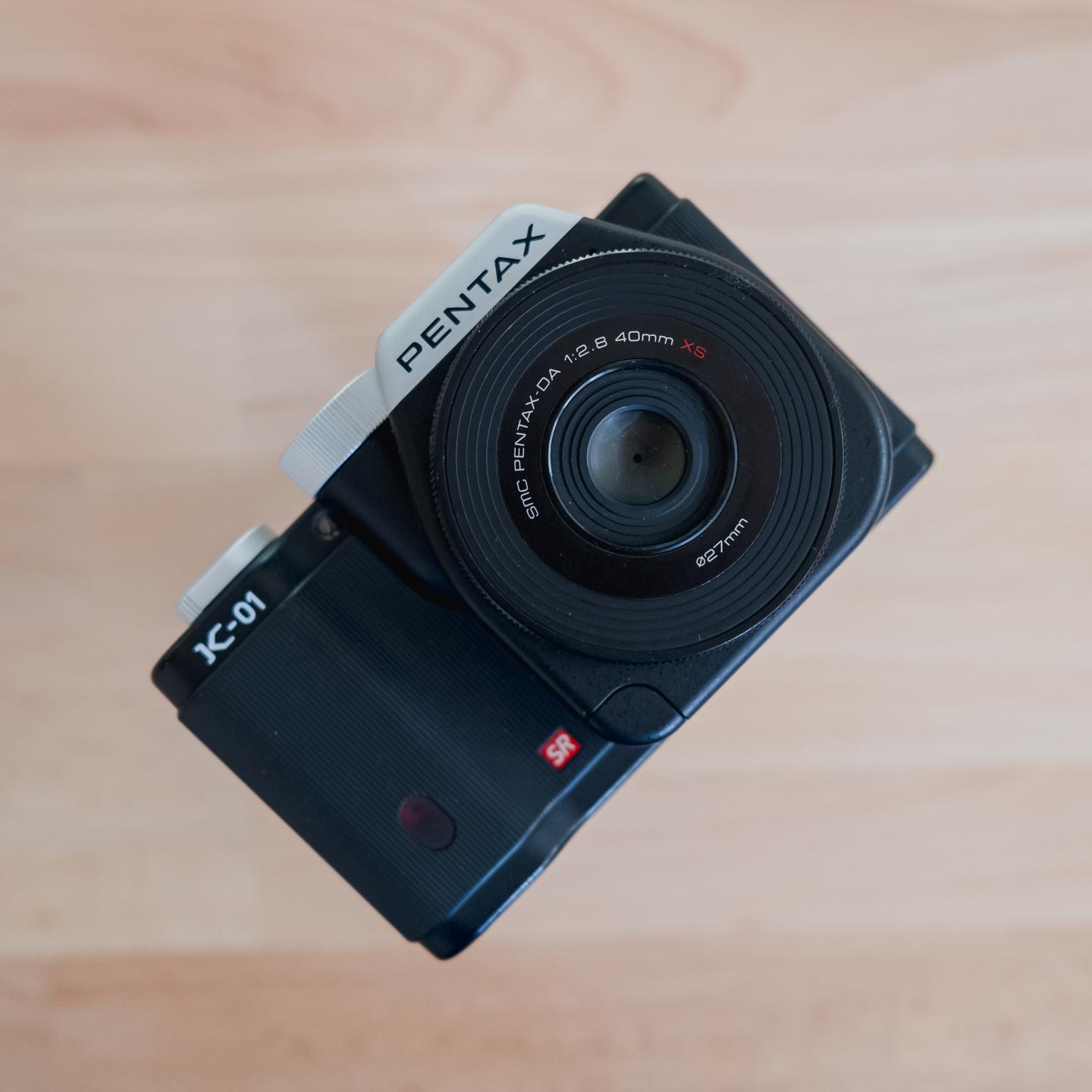
At face value, this camera has that quality. It feels like a physical manifestation of graphic design. It’s drawn from elementary shapes. The controls are very clearly set apart from the camera body by not just their form, but by their color.

The texture on the grip mimics the knurling on the mode dial, the on/off switch, and the lens. A “horizon” line visually separates the body from the controls above. The lugs for the strap fit flush to the enclosure’s shape but stand out aesthetically because of the contrasting material used.

The K-01 is possibly one of the most beautiful and exciting cameras I have ever seen.
In hand
Unfortunately, aesthetics is where the good stops with this camera.
With the K-01, there’s a strong sense that the camera’s appearance and mechanicals were designed by two different groups of people who had minimal contact with each other. The door covering the ports, while seamlessly blending in with camera body, is finicky, flimsy, and challenging to realign after opening. The software menus are ugly and painful to use. The autofocus is abysmally slow, though that may be improved by switching out the included 40mm 2.8 kit lens. I was expecting a user experience that matches the aesthetics just like with Leica or Hasselblad cameras.
Those are just the small things.
The fundamental premise of this camera is flawed. All interchangeable lens cameras have an attribute called flange distance. It’s a measure of the space between the film or sensor plane and the lens mount. The primary advantage of most mirrorless cameras is that they did away with the bulky mirror assemblies of SLRs and shortened the flange distance. This translates to smaller, lighter cameras. However, it also means manufacturers have to release entirely new lenses for the system or provide adapters to use older lenses.
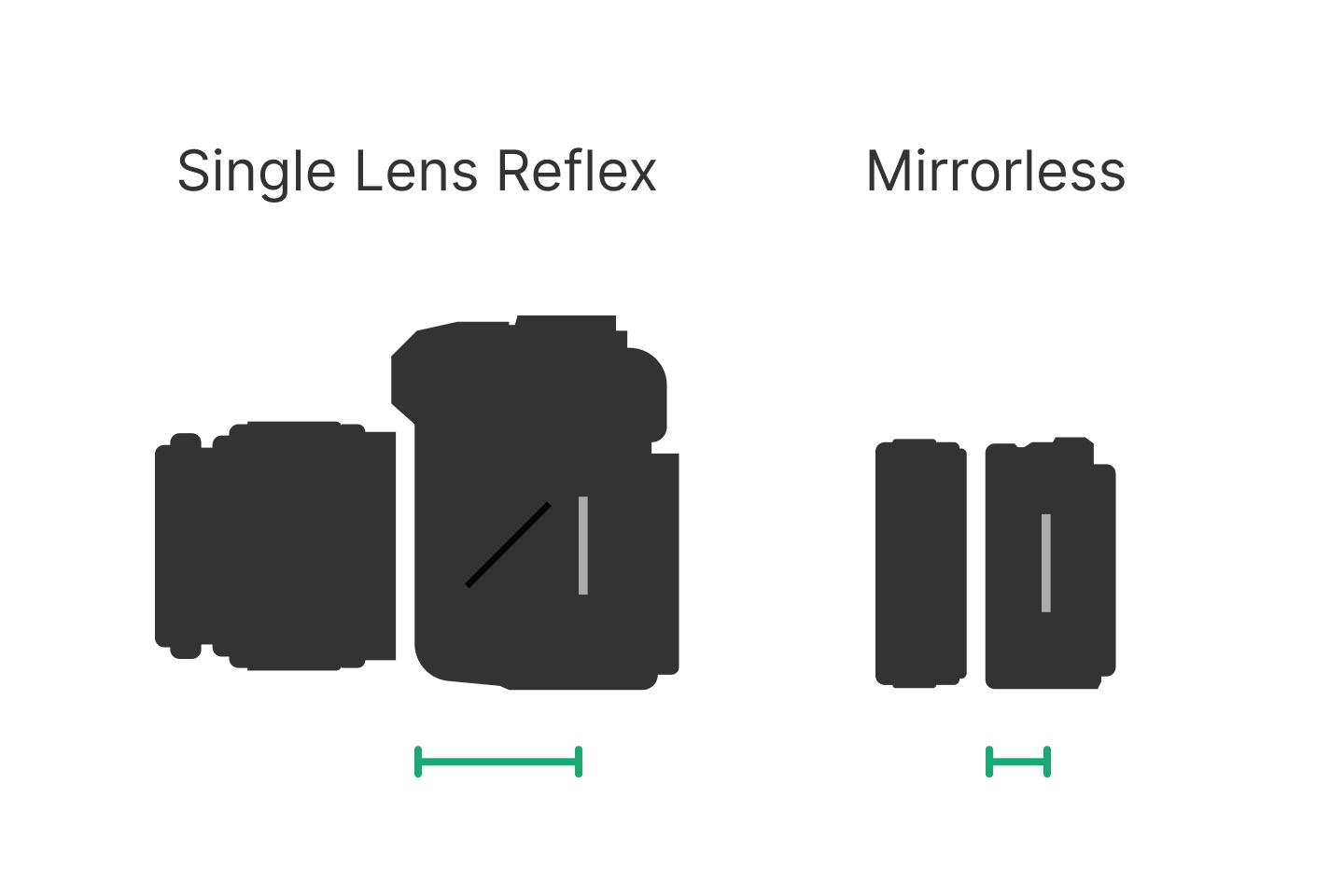
Pentax was likely suffering from the less-than-stellar launch of their ill-fated Q interchangeable lens camera system or their multi-decade decline in popularity. It seems like they chose to make the K-01 mirrorless to keep up with the trends of the times. However, they didn’t back up that decision with a whole new lens system. Instead, they kept using the same half a century old K-mount.
The result is a bulky, brick-like camera with a cavernous space where there usually would have been a mirror assembly.
It’s a camera that drew me in so strongly with its aesthetics but fell flat on its face when I started using it.
Nevertheless, it’s not all bad. It produces surprisingly good photographs. The camera is solidly built and a pleasure to hold. It’s one of those objects that I can’t help but pick up and fiddle with.
In use
All photographs in this section were shot on the K-01. I ran them through the same lighroom workflow that I use with the Leica Q and other cameras, including slightly modified versions of my personal lightroom presets.
When the camera first arrived, I took a few shots around the house.
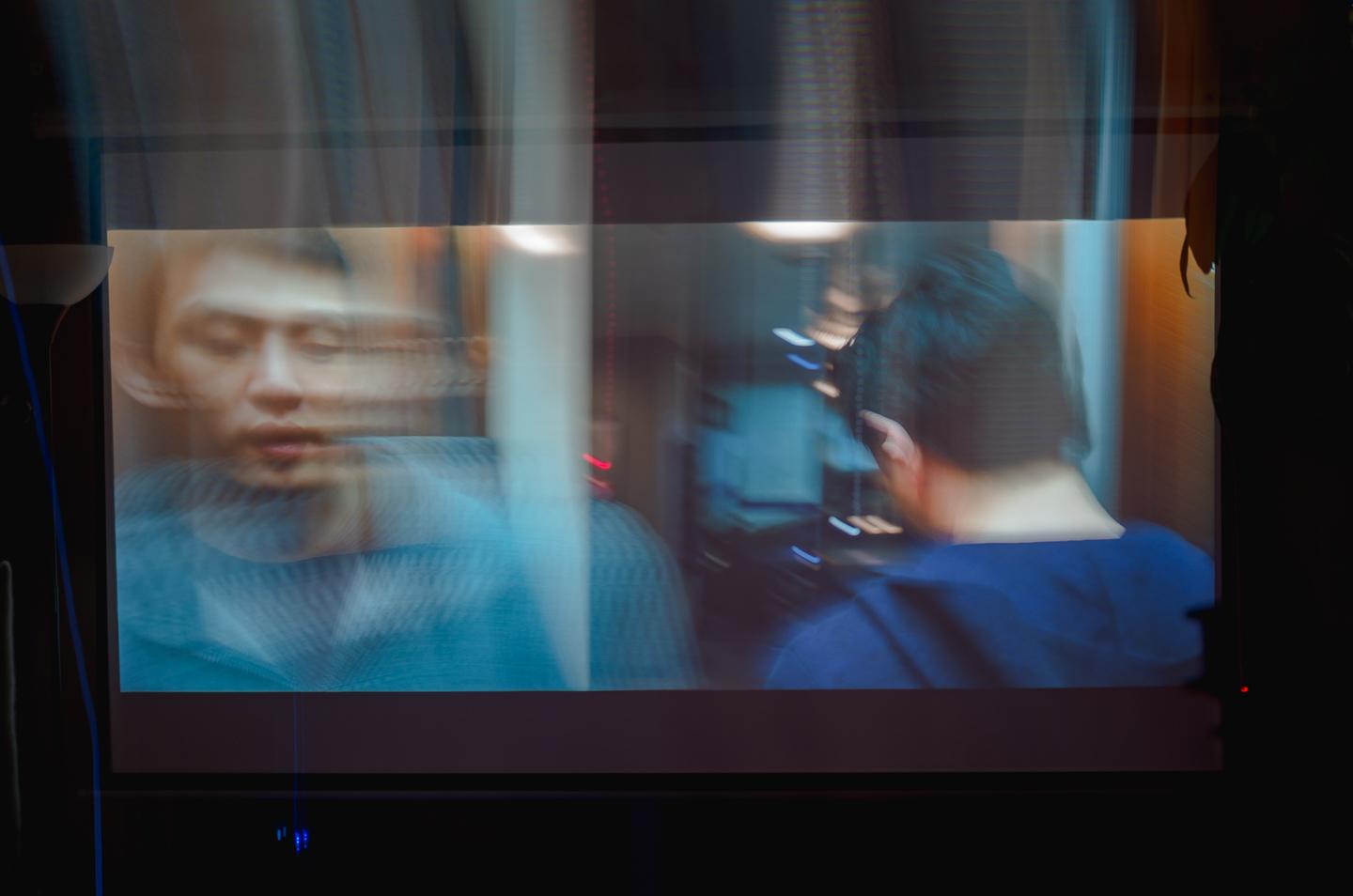 Pentax K-01 · f/2.8 · 2 · ISO
100
Pentax K-01 · f/2.8 · 2 · ISO
100
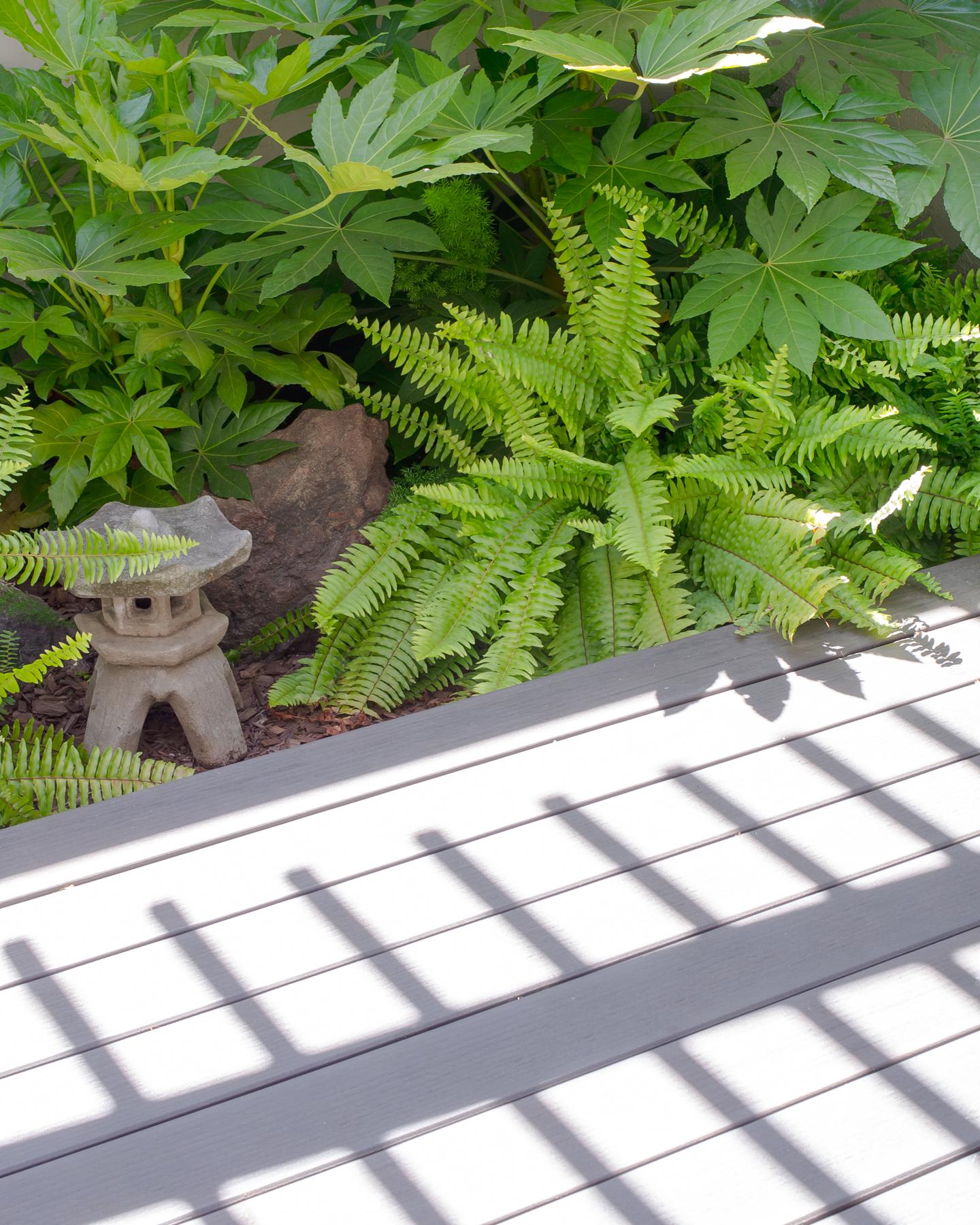 Pentax K-01 · f/8 · 1/25 · ISO
100
Pentax K-01 · f/8 · 1/25 · ISO
100
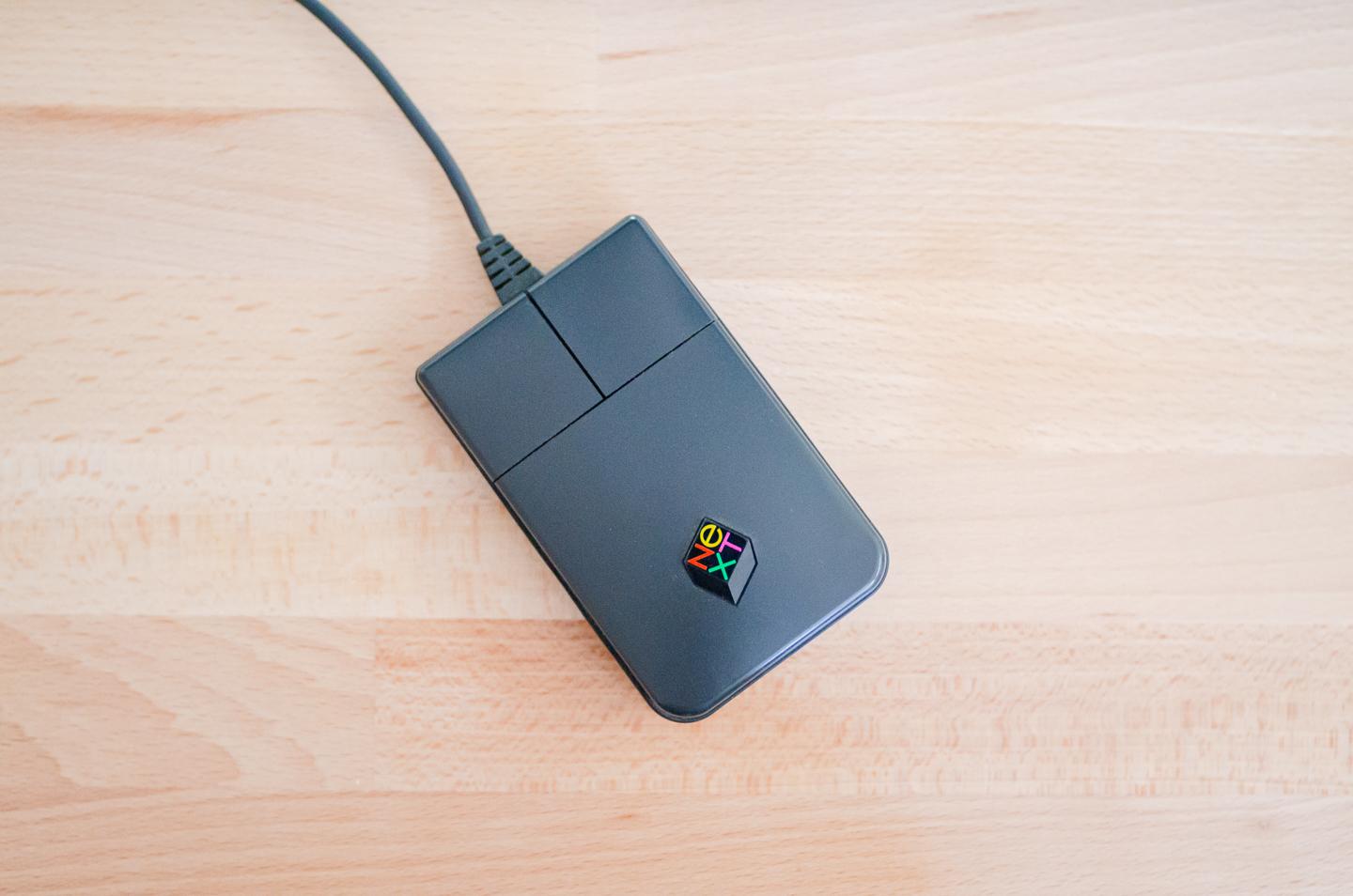 Pentax K-01 · f/2.8 · 1/80 · ISO
3200
Pentax K-01 · f/2.8 · 1/80 · ISO
3200
Then, my wife and I decided to take a long walk on the weekend. We had discovered that we live very close to a few tracts of mid-century modern homes built by Joseph Eichler. Walking among and photographing colorful, beautiful examples of architecture comes very close to the joy we get from visiting a museum or a crowded city.
Also, I think that the K-01’s playful appearance made it non-threating to others we passed on our walk, an attribute perfect for a street camera.
 Pentax K-01 · f/11 · 1/1000 · ISO
400
Pentax K-01 · f/11 · 1/1000 · ISO
400
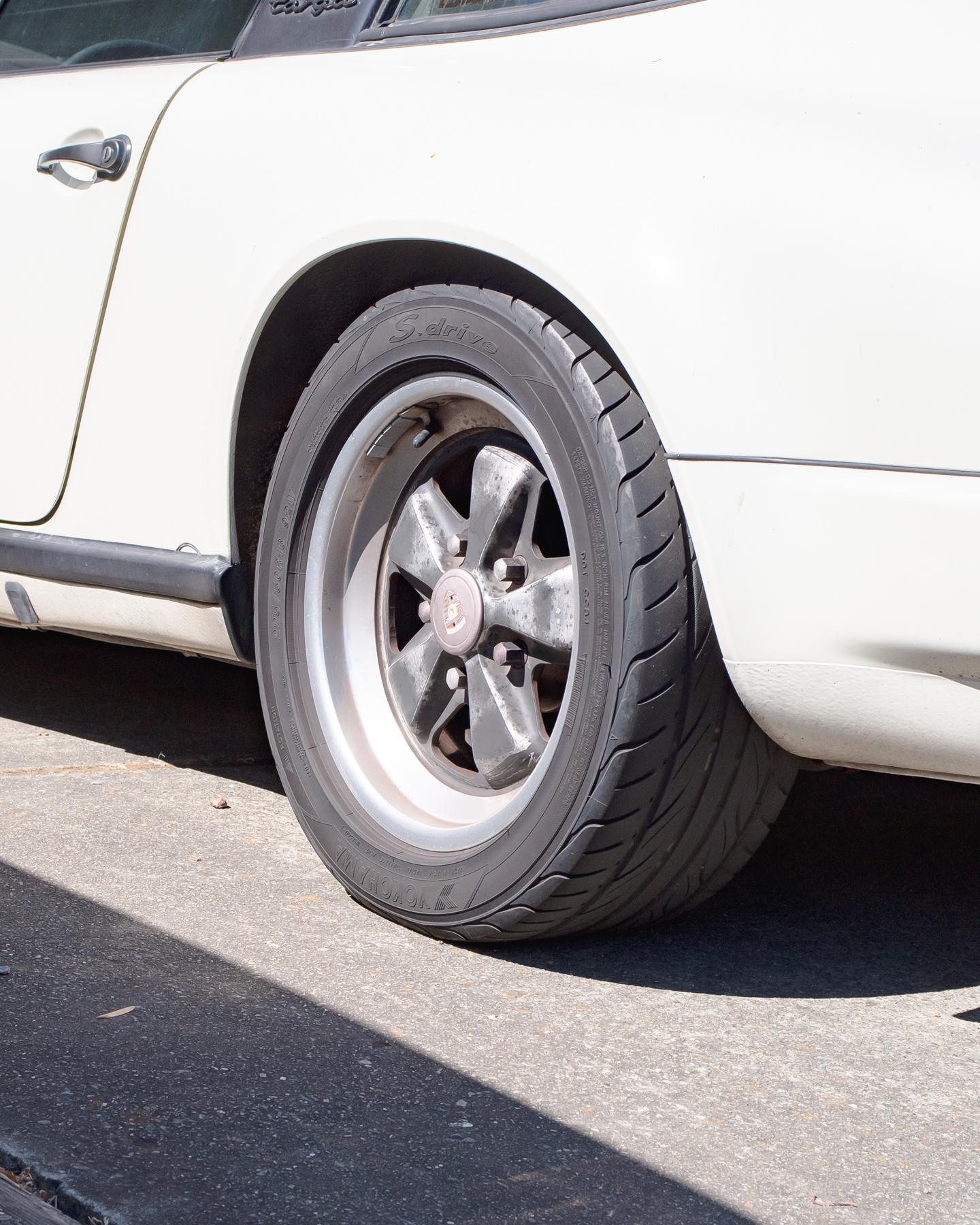 Pentax K-01 · f/9 · 1/1000 · ISO
400
Pentax K-01 · f/9 · 1/1000 · ISO
400
 Pentax K-01 · f/11 · 1/1000 · ISO
400
Pentax K-01 · f/11 · 1/1000 · ISO
400
 Pentax K-01 · f/2.8 · 1/2000 · ISO
400
Pentax K-01 · f/2.8 · 1/2000 · ISO
400
 Pentax K-01 · f/11 · 1/200 · ISO
400
Pentax K-01 · f/11 · 1/200 · ISO
400
 Pentax K-01 · f/5 · 1/400 · ISO
400
Pentax K-01 · f/5 · 1/400 · ISO
400
 Pentax K-01 · f/7.1 · 1/1000 · ISO
400
Pentax K-01 · f/7.1 · 1/1000 · ISO
400
 Pentax K-01 · f/2.8 · 1/3200 · ISO
400
Pentax K-01 · f/2.8 · 1/3200 · ISO
400
 Pentax K-01 · f/11 · 1/200 · ISO
400
Pentax K-01 · f/11 · 1/200 · ISO
400
 Pentax K-01 · f/11 · 1/320 · ISO
400
Pentax K-01 · f/11 · 1/320 · ISO
400
 Pentax K-01 · f/11 · 1/640 · ISO
400
Pentax K-01 · f/11 · 1/640 · ISO
400
At the end
I am surprisingly quite happy with the results. The photos have a good dynamic range and I even found the colors to be a bit too saturated for my taste. I hear that low-light performance is also impressive.
While the K-01 isn’t as much a pleasure to use as other cameras I have owned, the aesthetics and feel in hand make up a little bit. That’s the dilemma with this camera. It has so much going for it, yet has so much wrong with it.
I wonder what would have resulted if Marc had worked on another camera or with another manufacturer. Instead of something lukewarm, could we instead have a modern classic?
Thanks to Q for reading drafts of this.